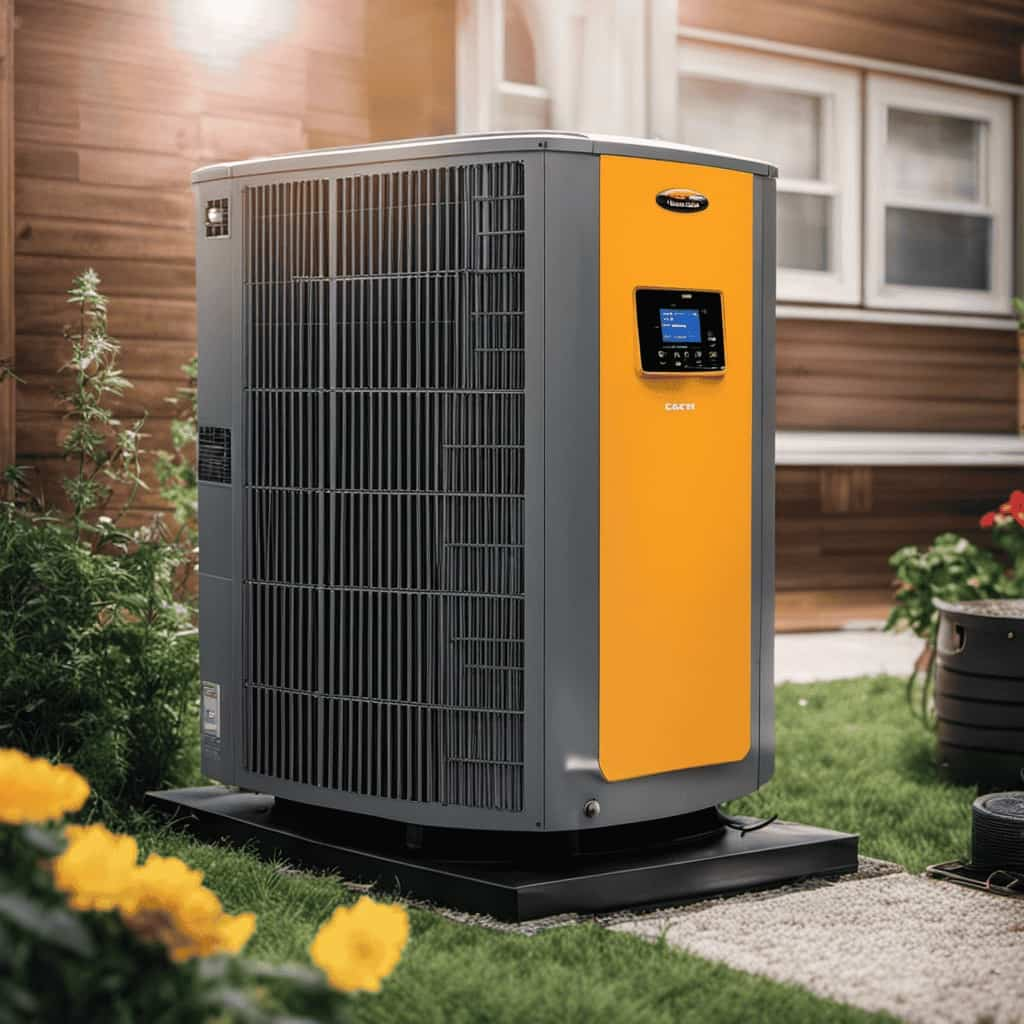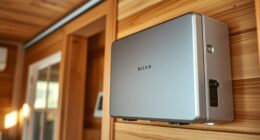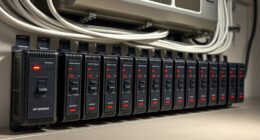Are you ready to explore the world of heat pumps? We have a quiz for you that will test your knowledge!
In this article, we’ll explore the ins and outs of heat pumps in climate control systems. From understanding the basics and different types to how they work and their energy efficiency, we’ve got you covered.
So, buckle up and get ready to embark on a journey of understanding heat pumps like never before.
Let’s get started!
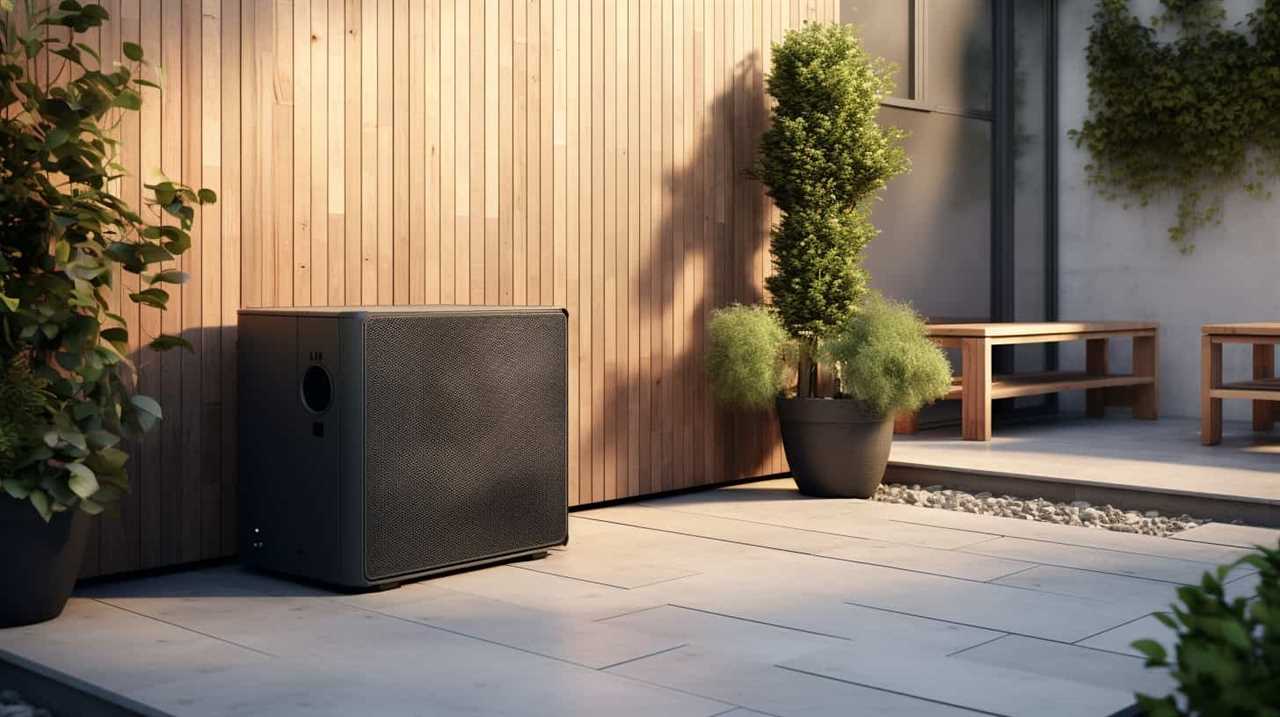
Key Takeaways
- Heat pumps provide heating and cooling capabilities in climate control systems.
- There are different types of heat pumps, including ground source heat pumps, air source heat pumps, and hybrid heat pumps.
- Heat pumps transfer heat between indoor and outdoor environments using a refrigeration cycle.
- Evaluating energy efficiency is important when selecting a heat pump, and Energy Star certification indicates strict energy efficiency guidelines.
The Basics of Heat Pumps
What are the basic functions of heat pumps in climate control systems?
Heat pumps are essential components of climate control systems, providing both heating and cooling capabilities. They work by transferring heat from one location to another, using a refrigerant to absorb and release thermal energy.
Heat pump installation involves carefully selecting the appropriate size and type of pump for the specific climate and building requirements. When installed correctly, heat pumps offer numerous benefits.
They’re energy-efficient, as they transfer heat rather than generating it, resulting in lower utility bills. Heat pumps also provide consistent and comfortable temperatures throughout the year, improving indoor air quality and reducing humidity levels.
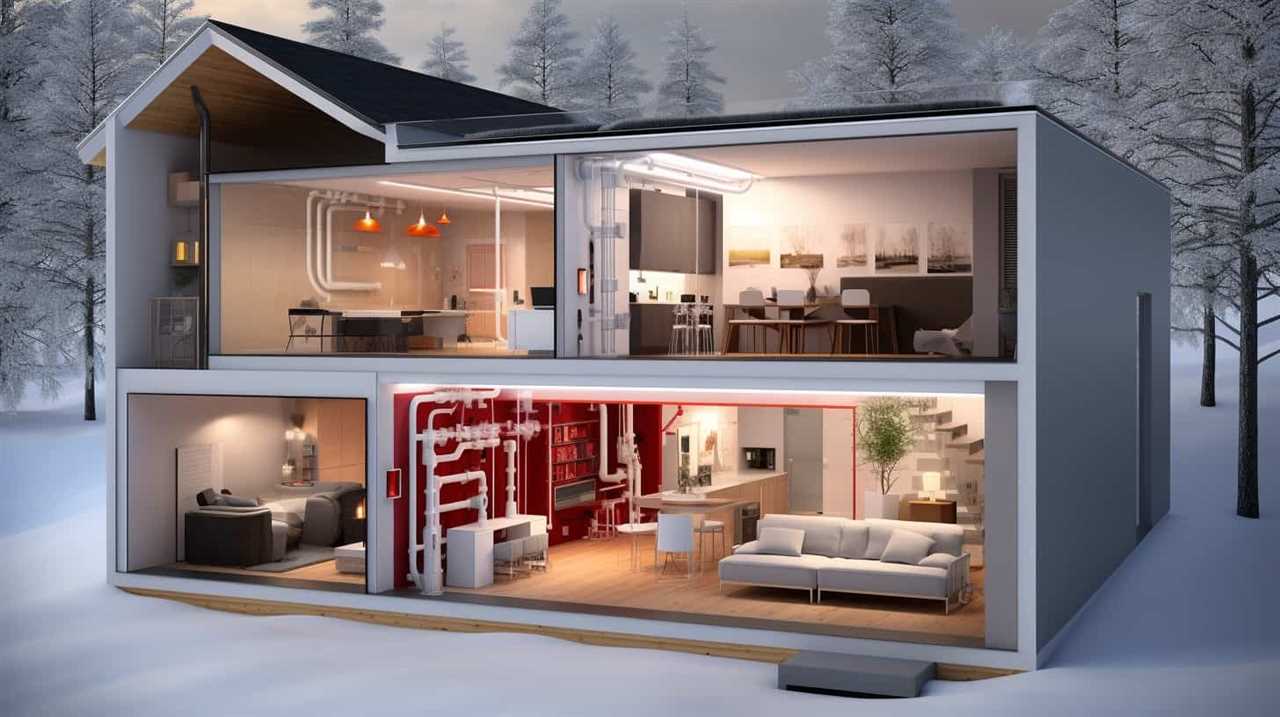
Moreover, they’re environmentally friendly, as they produce fewer greenhouse gas emissions compared to traditional heating and cooling systems.
Types of Heat Pumps
There are several types of heat pumps available for climate control systems, each with its own unique features and advantages. Here are three common types of heat pumps:
Ground source heat pumps: These heat pumps extract heat from the ground and transfer it indoors for heating purposes. They use a series of pipes buried underground to extract the heat, making them highly efficient and environmentally friendly.
Air source heat pumps: These heat pumps extract heat from the outdoor air and transfer it indoors. They’re easy to install and maintain, making them a popular choice for residential and commercial buildings. However, their efficiency may vary depending on the outdoor temperature.

Hybrid heat pumps: These heat pumps combine the features of both ground source and air source heat pumps. They can switch between the two sources depending on the outdoor temperature, ensuring optimal efficiency and performance.
How Heat Pumps Work
We rely on heat pumps to regulate temperature in climate control systems by transferring heat between the indoor and outdoor environments. Heat pumps work by utilizing a refrigeration cycle to extract heat from one space and transfer it to another. This process is made possible by the use of a compressor, evaporator, condenser, and expansion valve.
To better understand how heat pumps work, let’s take a look at the following table:
| Component | Function |
|---|---|
| Compressor | Increases the pressure of the refrigerant |
| Evaporator | Absorbs heat from the indoor environment |
| Condenser | Releases heat to the outdoor environment |
| Expansion Valve | Reduces the pressure of the refrigerant |
Heat pump installation involves careful consideration of factors such as the size and layout of the space, as well as the desired temperature range. Additionally, the cost of heat pumps can vary depending on factors such as the type of heat pump, its energy efficiency, and any additional features or technology incorporated.
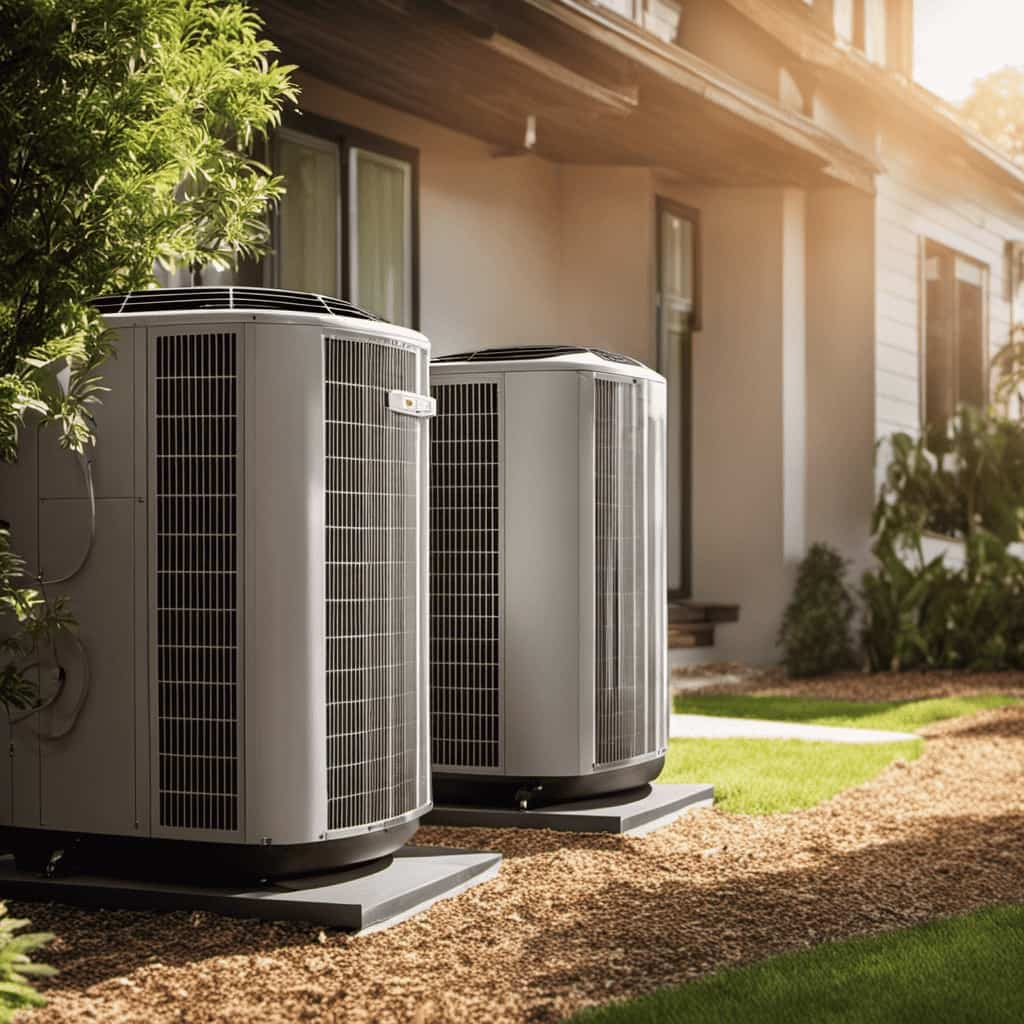
Understanding how heat pumps work is essential in evaluating their energy efficiency, which we will discuss in the next section.
Energy Efficiency of Heat Pumps
To assess the energy efficiency of heat pumps, we analyze their performance in transferring heat between the indoor and outdoor environments. Here are three key factors to consider when evaluating the energy efficiency of heat pumps:
Seasonal Energy Efficiency Ratio (SEER): SEER measures the cooling efficiency of a heat pump. The higher the SEER rating, the more efficient the heat pump is at cooling.
Heating Seasonal Performance Factor (HSPF): HSPF measures the heating efficiency of a heat pump. A higher HSPF rating indicates a more efficient heat pump for heating purposes.
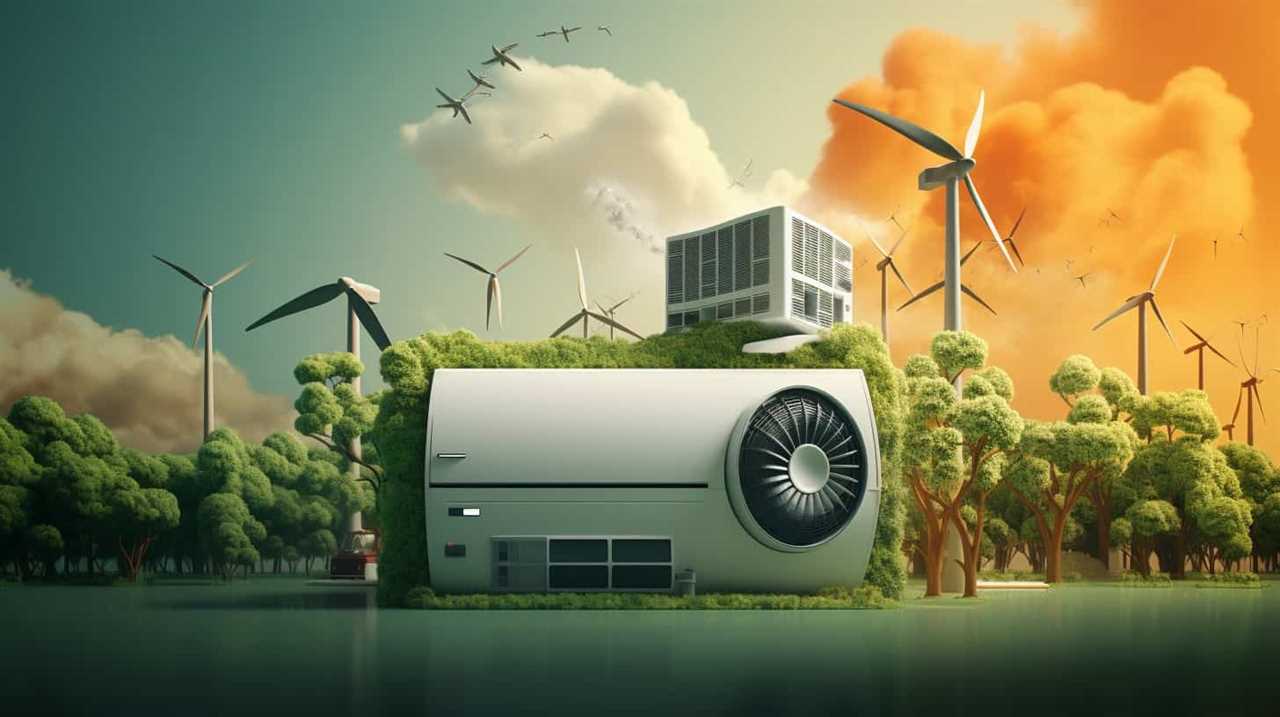
Energy Star Certification: Look for heat pumps with the Energy Star certification. These units meet strict energy efficiency guidelines set by the Environmental Protection Agency and can help reduce energy consumption and costs.
When considering heat pump installation, it’s also worth exploring heat pump rebates offered by utility companies or government programs. These rebates can help offset the initial costs of installation.
Now, let’s delve into the pros and cons of heat pumps.
Transition: Now that we understand the energy efficiency of heat pumps, let’s explore their advantages and disadvantages.
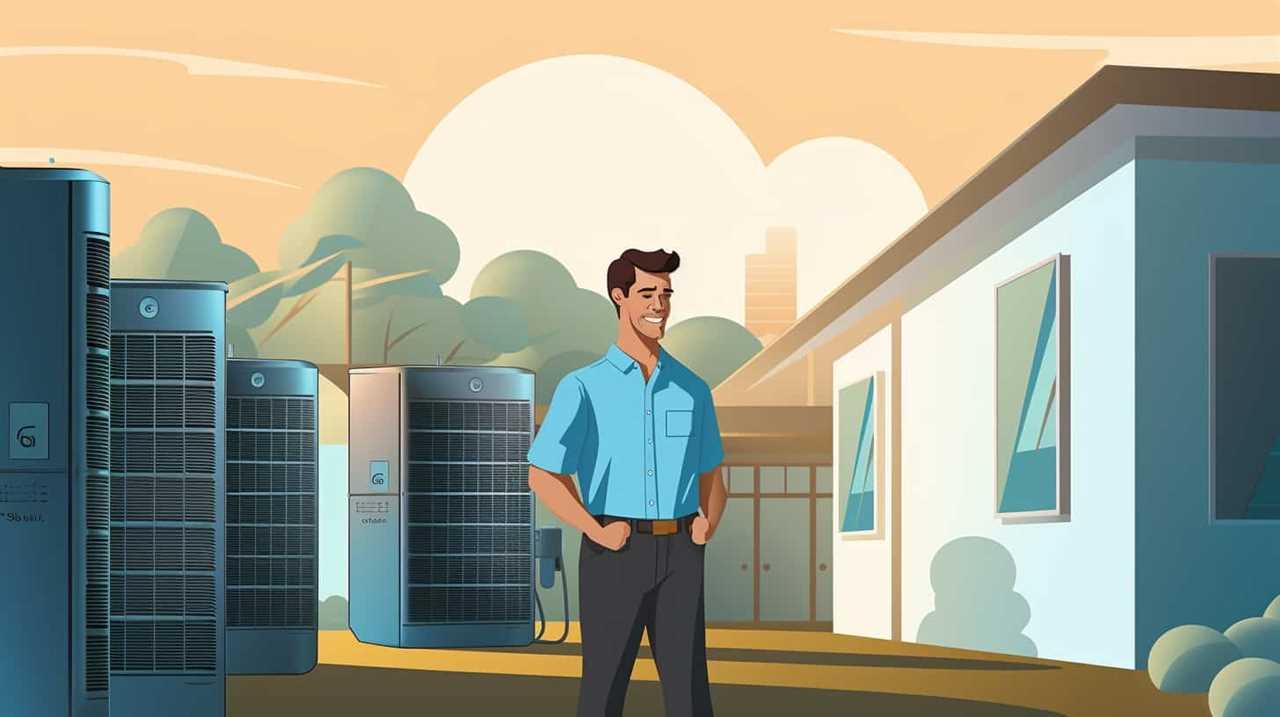
Pros and Cons of Heat Pumps
Now, let’s examine the advantages and disadvantages of heat pumps. Heat pumps offer several benefits, including high energy efficiency and cost savings. They can transfer heat from the air or ground into a building, making them an efficient option for heating and cooling. Additionally, heat pumps can be used for both heating and cooling purposes, providing year-round comfort. However, there are also some drawbacks to consider. Heat pump installation can be expensive, especially for larger buildings. Additionally, the environmental impact of heat pumps should be taken into account. While they are more energy-efficient than traditional heating and cooling systems, they still require electricity to operate, which can contribute to carbon emissions. It is important to carefully weigh the pros and cons before deciding on a heat pump system for your climate control needs.
| Pros | Cons |
|---|---|
| High energy efficiency | Expensive installation |
| Year-round heating and cooling | Environmental impact |
| Cost savings | |
Heat Pumps Vs. Traditional HVAC Systems
Comparing heat pumps to traditional HVAC systems, we can see the differences in how they operate and their overall efficiency. Here are three key points to consider when comparing heat pumps and traditional HVAC systems:
Cost Comparison: Heat pumps can have higher upfront costs compared to traditional HVAC systems. However, over time, heat pumps can be more cost-effective due to their energy efficiency and lower operating costs.
Environmental Impact: Heat pumps are known for their environmentally friendly operation. They use renewable energy sources such as the air, ground, or water to heat or cool a building. In contrast, traditional HVAC systems rely on burning fossil fuels, which contribute to air pollution and greenhouse gas emissions.
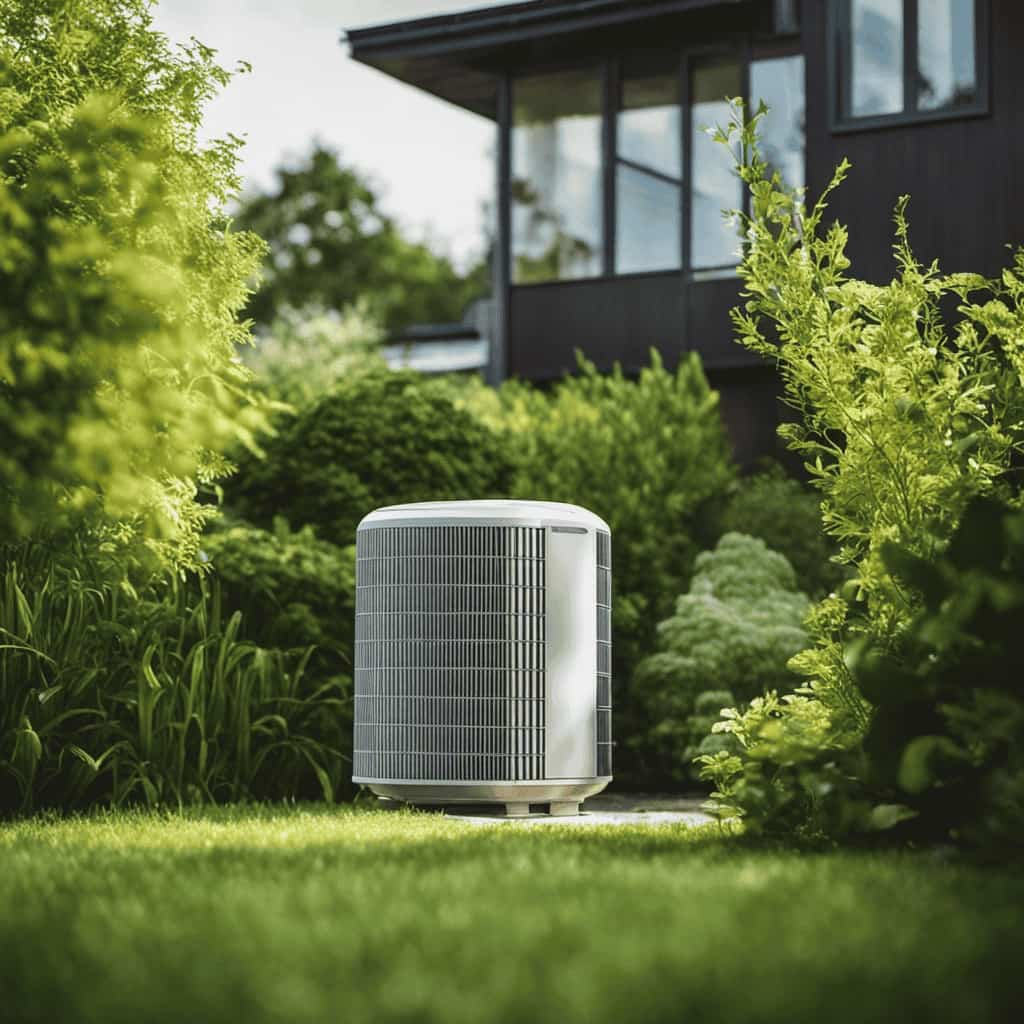
Overall Efficiency: Heat pumps are highly efficient, as they transfer heat rather than generate it. They can provide both heating and cooling functions, making them versatile. Traditional HVAC systems, on the other hand, often require separate units for heating and cooling.
Considering these factors, heat pumps offer a more sustainable and efficient solution compared to traditional HVAC systems. In the next section, we’ll discuss how to maintain and troubleshoot heat pumps effectively.
Maintaining and Troubleshooting Heat Pumps
Let’s explore how we can effectively maintain and troubleshoot heat pumps in climate control systems.
Heat pump maintenance is crucial to ensure optimal performance and energy efficiency. Regularly cleaning or replacing air filters is essential to maintain proper airflow and prevent dust and debris buildup.
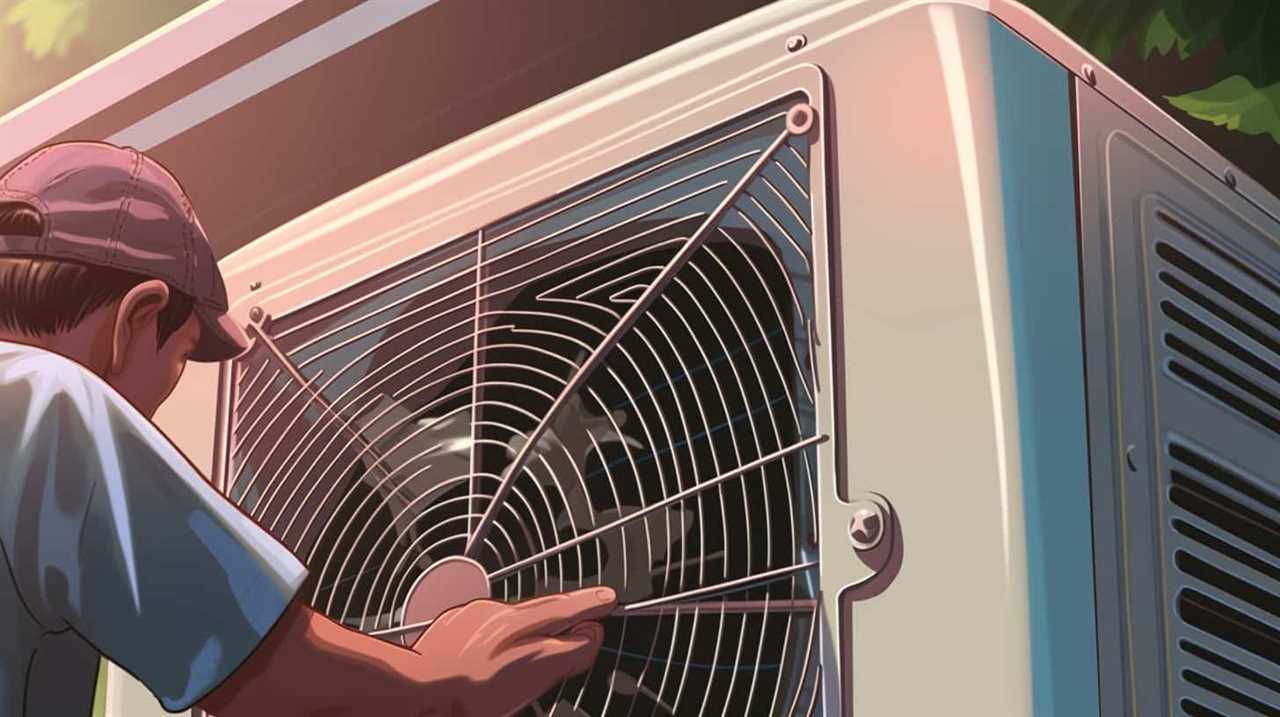
It’s also important to inspect and clean the outdoor unit to remove any dirt or debris that may impede its functioning. Additionally, checking and lubricating the fan motor and compressor can help prevent excessive wear and tear.
Troubleshooting techniques for heat pumps involve checking the thermostat settings, ensuring proper power supply, and inspecting the circuit breakers and fuses. If issues persist, it may be necessary to consult a professional technician for further diagnosis and repair.
The Future of Heat Pump Technology
We are excited about the advancements in heat pump technology and the potential it holds for improving climate control systems. Here are three key advancements that are shaping the future of heat pump technology:
Increased Efficiency: New heat pumps are being designed with advanced compressors and refrigerants that maximize energy transfer. This results in higher efficiency and lower energy consumption, leading to reduced operating costs and a smaller environmental footprint.
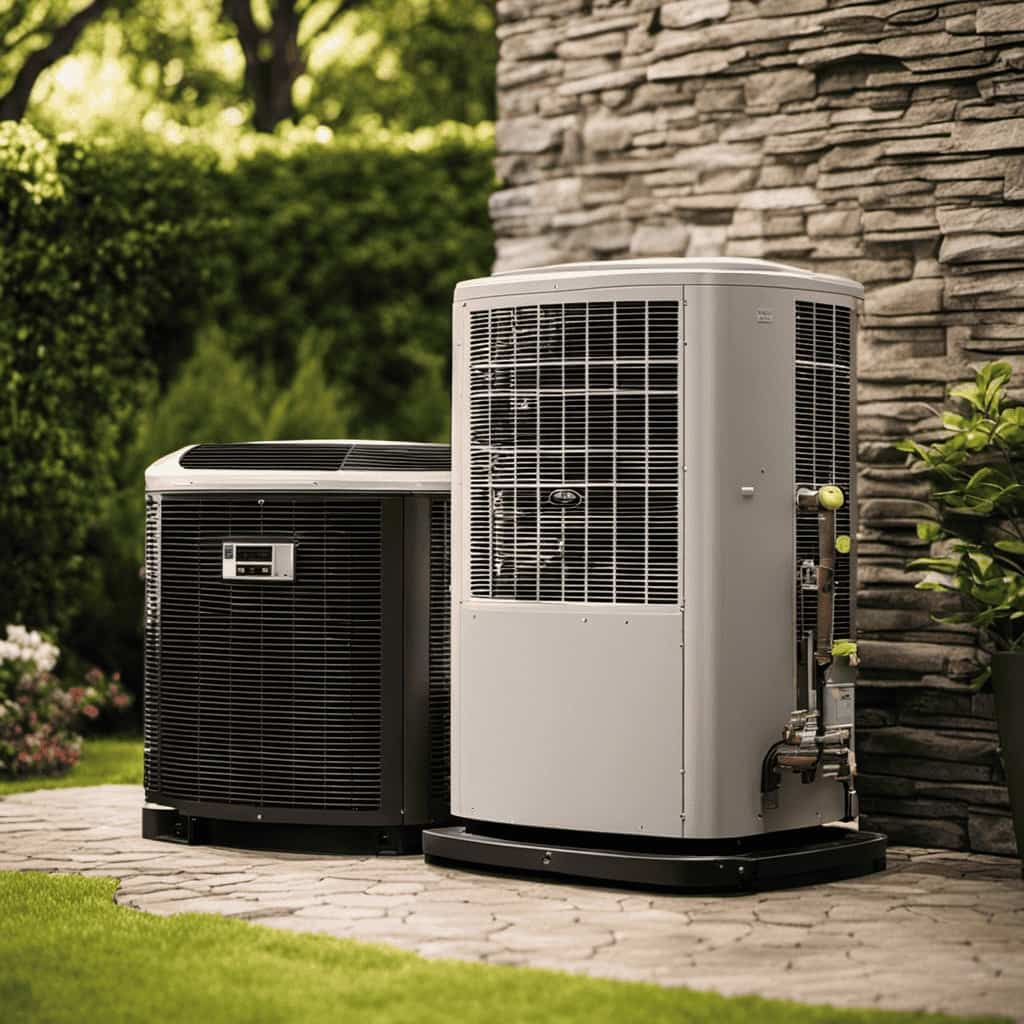
Integration with Renewable Energy Sources: Heat pumps are increasingly being integrated with renewable energy sources such as solar and geothermal systems. This allows them to draw energy from sustainable sources, further reducing their environmental impact and dependence on fossil fuels.
Smart Control Systems: The future of heat pump technology lies in intelligent control systems that optimize performance based on real-time data. These systems can learn from user preferences, adjust settings accordingly, and communicate with other smart devices for seamless integration within a smart home or building.
Frequently Asked Questions
Can Heat Pumps Be Used in Both Residential and Commercial Buildings?
Yes, heat pumps can be used in both residential and commercial buildings. They are an energy-efficient solution for climate control systems, providing heating and cooling capabilities.
Are There Any Government Incentives or Rebates Available for Installing a Heat Pump?
Yes, there are government incentives and rebates available for installing a heat pump. These incentives aim to encourage the adoption of energy-efficient technologies and help offset the initial cost of installation.
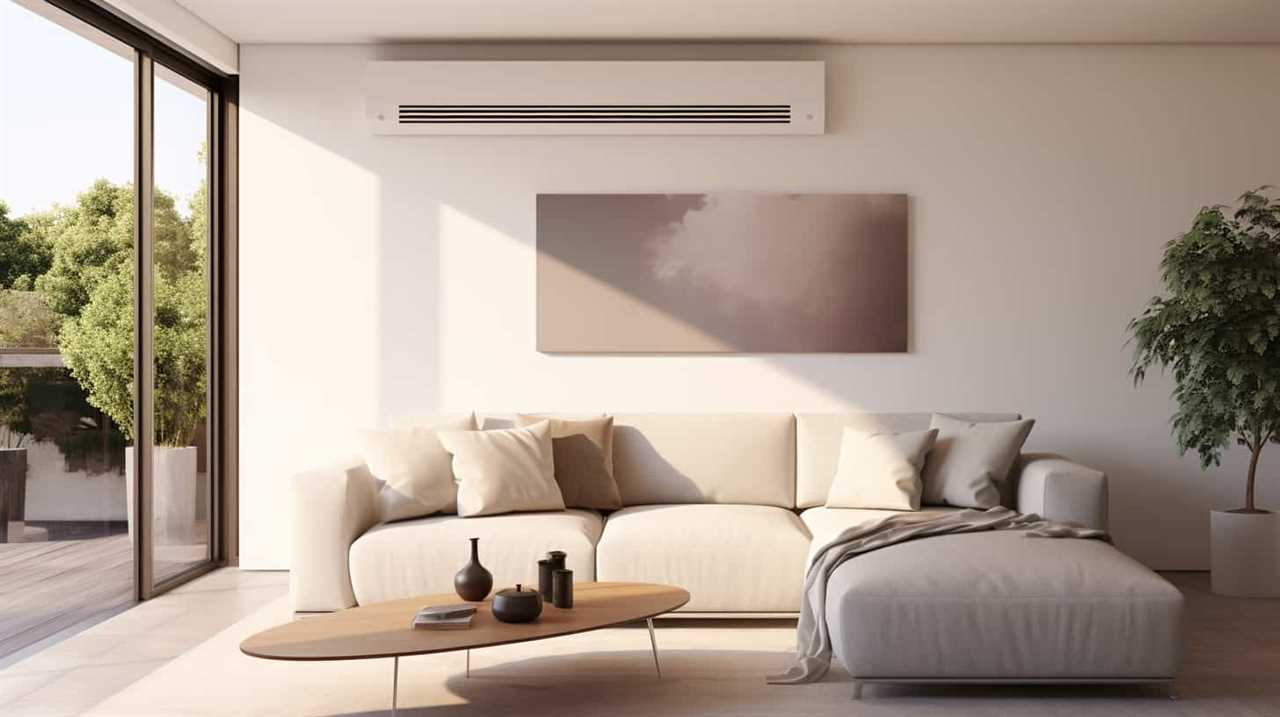
How Long Do Heat Pumps Typically Last Before Needing to Be Replaced?
Heat pumps typically last around 15-20 years before needing replacement. Signs of heat pump failure include reduced heating or cooling capacity, increased energy consumption, and unusual noises. Regular maintenance can extend lifespan.
Can Heat Pumps Be Used in All Climates, Including Cold Winter Climates?
Heat pumps are highly efficient and can be used in all climates, including cold winter climates. They provide advantages such as cost savings, energy efficiency, and consistent heating.
Are There Any Special Considerations or Requirements for Installing a Heat Pump in an Existing Building?
Are there any special considerations or requirements for installing a heat pump in an existing building? We must carefully assess the electrical capacity, insulation, and ductwork of the building to ensure optimal performance and efficiency.
What Are the Key Functionality Features of Heat Pumps for Residential Climate Control?
Heat pumps for residential climate control are equipped with key functionality features that make them essential for maintaining a comfortable living environment. These pumps use renewable energy from the air, ground, or water to provide heating, cooling, and humidity control. With their ability to efficiently transfer heat, they can reduce energy consumption and lower utility bills. Moreover, heat pumps offer flexibility by working in conjunction with existing heating and cooling systems, ensuring optimal comfort year-round.
Conclusion
In conclusion, heat pumps are like the master conductors of a symphony, orchestrating the perfect balance of temperature control in climate control systems.
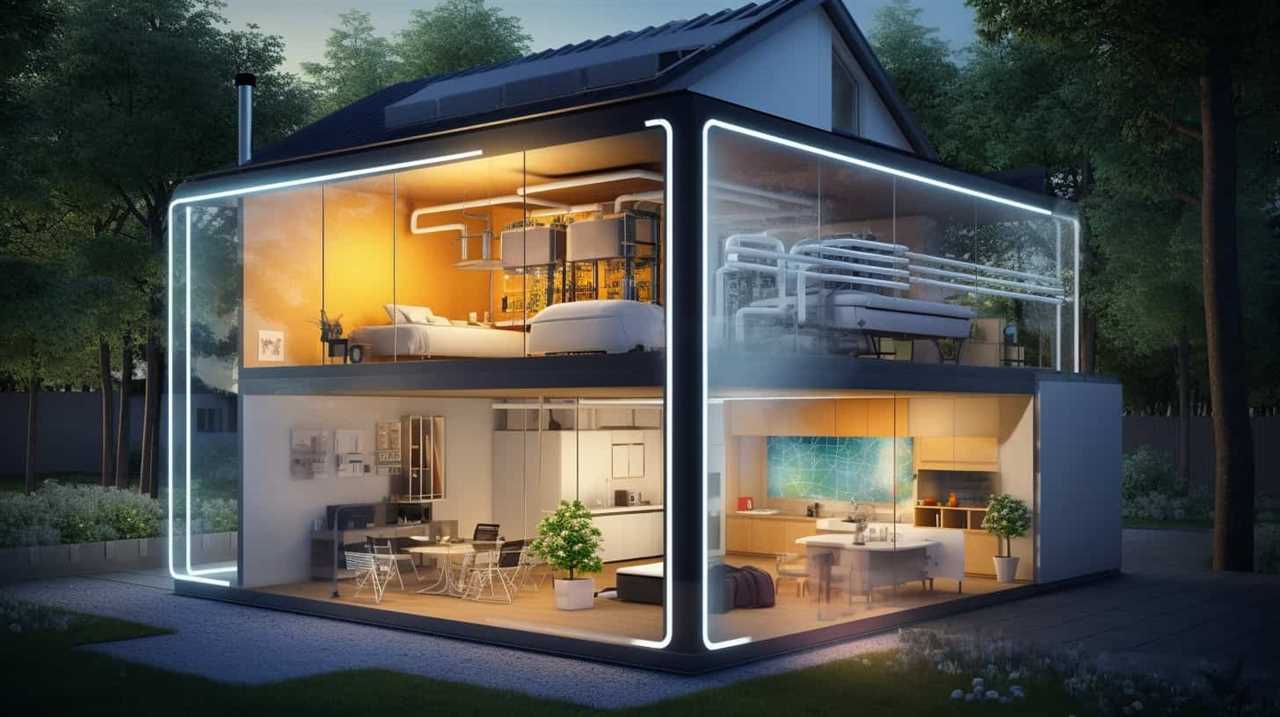
With their efficient operation and ability to both heat and cool spaces, they offer a harmonious solution for energy-conscious individuals.
While they may require some maintenance and troubleshooting, the future of heat pump technology looks promising.
Promising a crescendo of advancements that will continue to revolutionize the way we control the climate in our homes and buildings.

